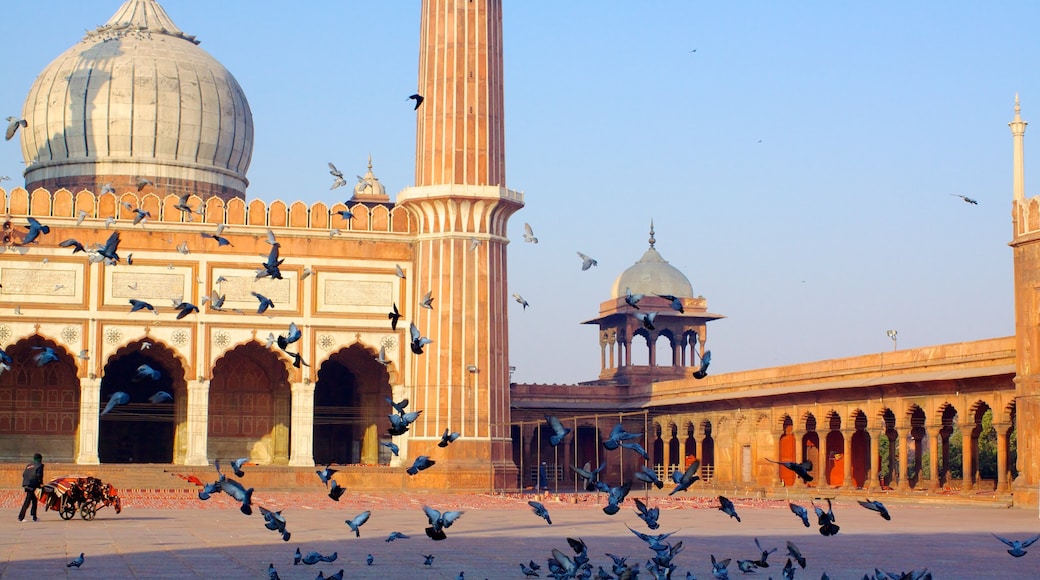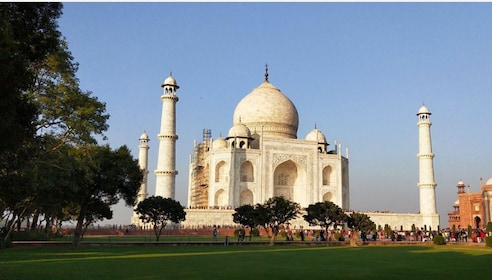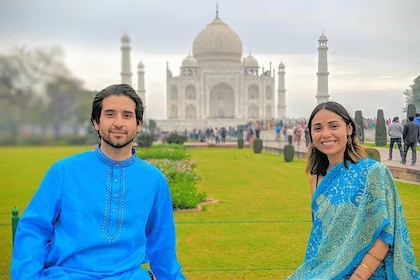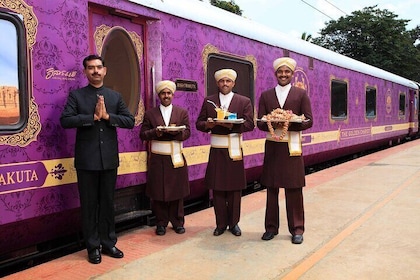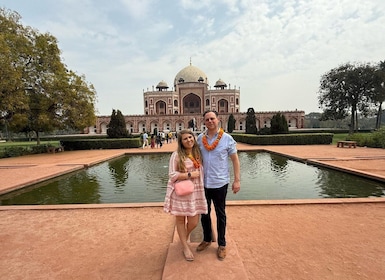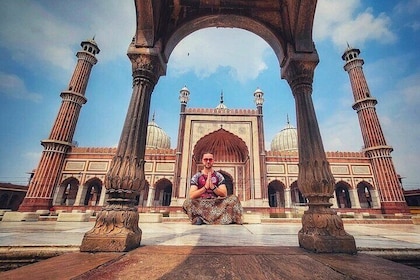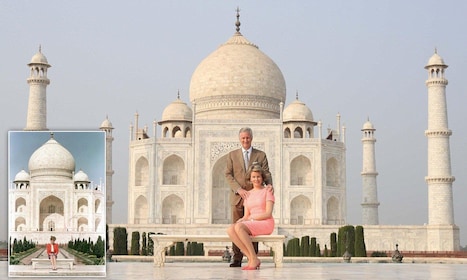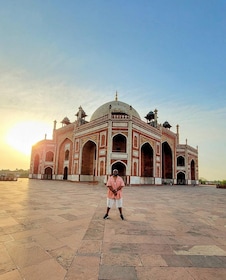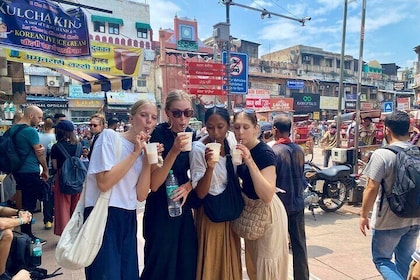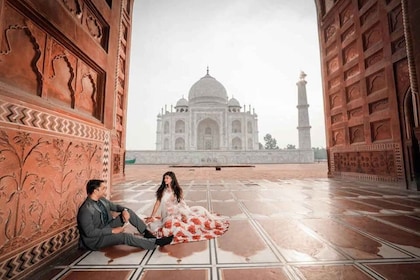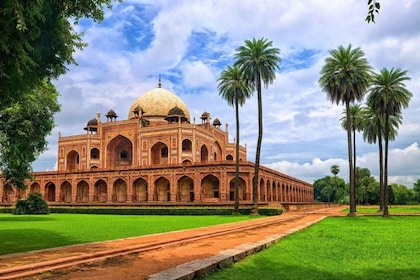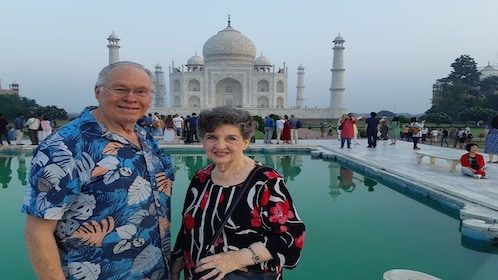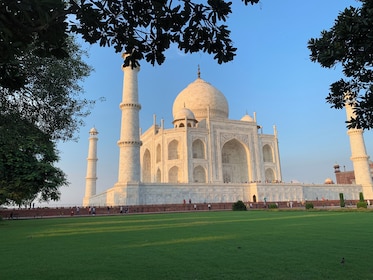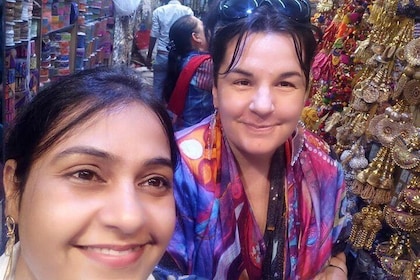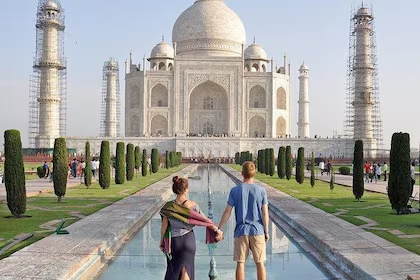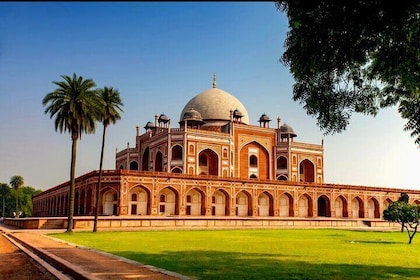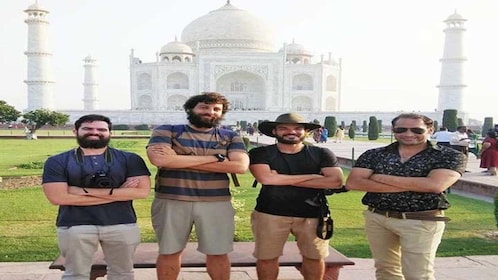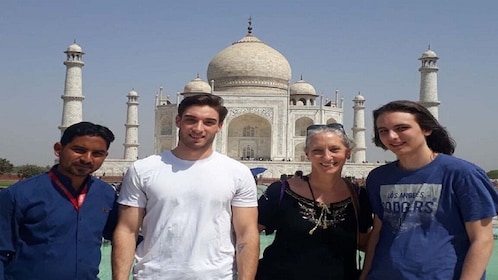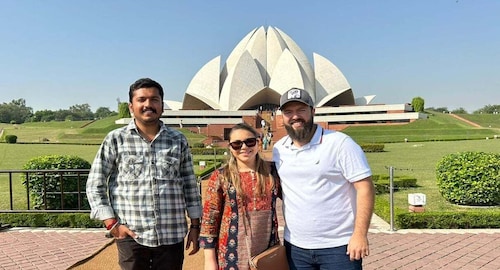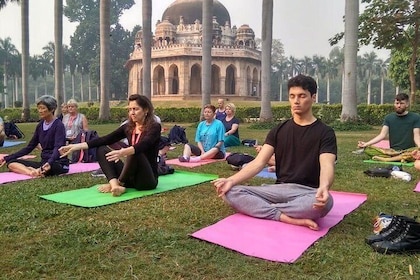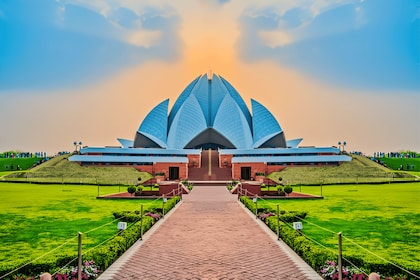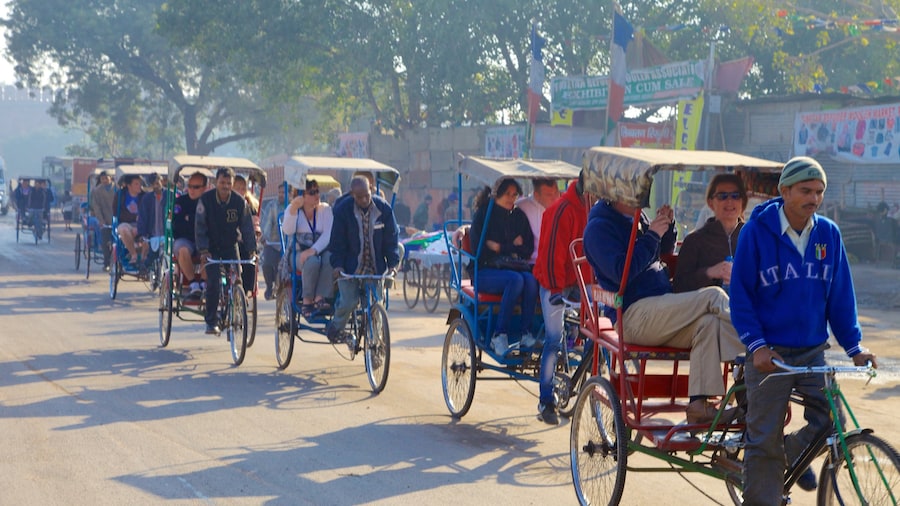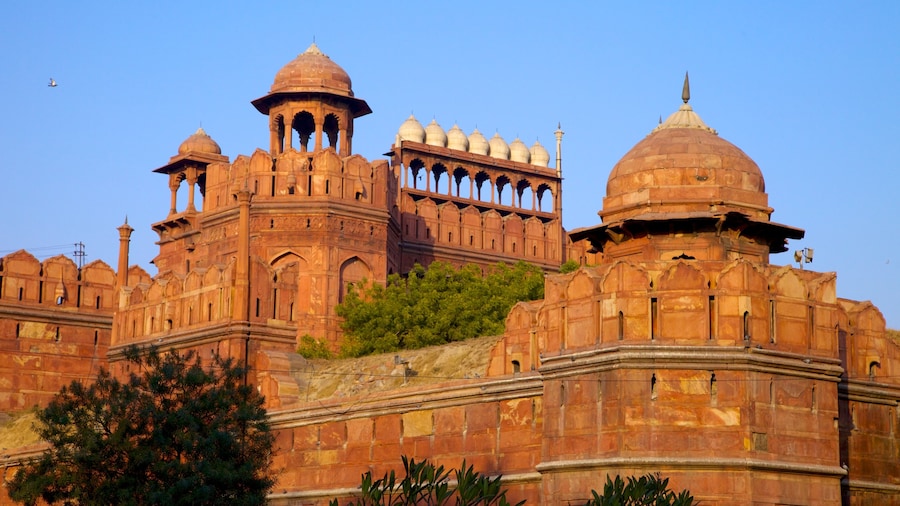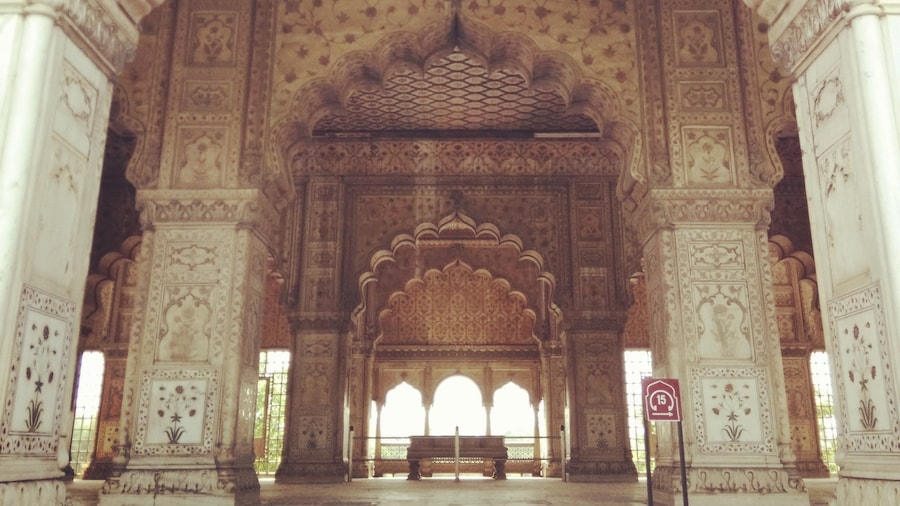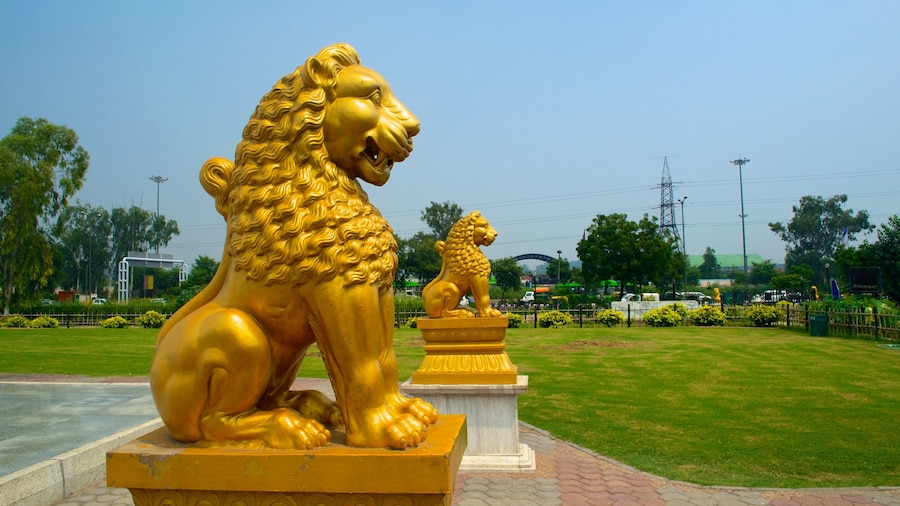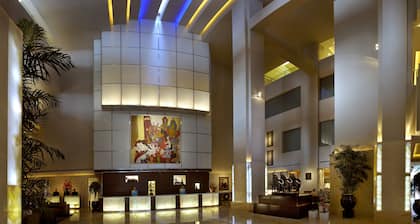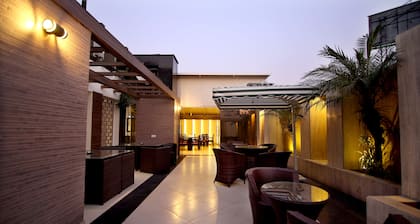Known locally as the Great Mosque of Old Delhi, Jama Masjid draws visitors and religious pilgrims alike for its divine beauty and spectacular views.
Construction on the mosque began in the 17th century under the rule of Shah Jahan, the same emperor behind the Taj Mahal and the Red Fort. Architectural extravagance is intrinsic to the design, with every aspect of the mosque taken to epic proportions.
The mosque grounds are encircled by decorative walls, with three gateways providing access. These commanding structures feature battlement-like designs atop their red ochre façades. Enter the mosque through gate 1 or 3 only.
Behind these gates lies the breathtaking spectacle of India's largest Muslim worship space: the great courtyard. Take in the scale of this expansive terrace, which has a capacity of more than 25,000 and is the site of huge communal prayers.
From here, admire the commanding mosque façade. This inspiring edifice features a huge central arch flanked by smaller arches on both sides, which lead to two soaring minarets. These towers are over 130 feet (40 meters) tall and perfectly frame the intricately carved domes atop the mosque.
Before entering, rent a robe and leave your shoes in a storage facility near the north gate. Be sure to bring small notes to pay for these inexpensive services. Women are required to wear a robe over their heads and may be restricted from some areas if unaccompanied.
Pay a small fee to climb the southern minaret and enjoy sweeping views of New Delhi. You’ll be able to see Connaught Place as well as the main road leading straight from Jama Masjid to Sansad Bhavan (Parliament House).
Jama Masjid is open to tourists from early morning until evening, when the afternoon prayer begins. Get to the mosque by metro or rickshaw. Admission is free, however, fees will be charged for photography.



